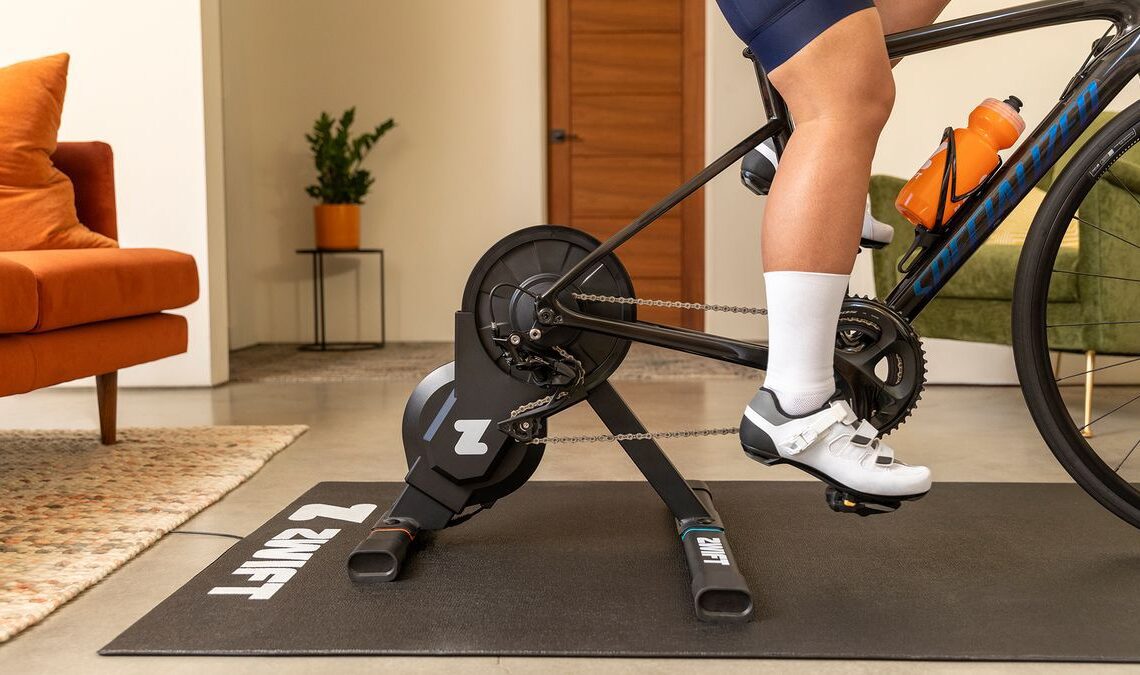If you’re interested in buying a smart trainer, there’s every chance you’ve come across the Zwift Hub One.
It features in our buyer’s guide to the best smart trainers, and we even crowned it the Best Value model (alongside the Kickr Core for reasons we’ll get into shortly) praising its impressive spec sheet, ease of use, and excellent price.
As of today, that excellent price is getting even better, because we’ve managed to blag a code from Zwift that’ll get our readers an extra 10% off.
The code is FUTURE10 (as in… Future Publishing; you might find our sister site Cycling Weekly talking about it too) and it’s valid in the UK, EU and USA until Tuesday the 6th of February.
If you’re already sold, then you can head straight to Zwift here to redeem it. If not, read on to find out whether the Zwift Hub One is – or isn’t – right for you.
Of course, as an editor here at Cyclingnews, I’m not here to tell you to buy anything, rather help guide you in your search, help you to decide which product is right for you, and help you find the best price when you’ve decided. To that end, here is a brief overview of the Hub One, and a few reasons for and against buying it.
The Zwift Hub One explained
The Hub One is best described as a budget smart trainer, but with decent enough specs that it won’t leave you wanting more (higher resistance, better accuracy, more inertia and so on).
With 1800 watts of resistance, gradient simulation up to 16%, and power meter accuracy to within an error of 2.5%, it’s more than enough to provide a solid workout to anyone, amateur or professional. It will connect to Zwift via Bluetooth or ANT+, as well as pretty much all other popular indoor cycling apps (with a caveat relating to gears which I’ll explain momentarily). It will automatically calibrate so that you don’t need to worry about the accuracy being off, and the 5.4kg flywheel is heavy enough that it maintains a good amount of inertia, which is key for that ‘real ride’ feel.
It doesn’t have the bells and whistles of the top tier smart trainers. For example, the Wahoo Kickr V6 offers 2200 watts of resistance, 20% gradients and accuracy within 1% error. It also has a heavier flywheel for better inertia, WiFi connectivity on top of the Bluetooth and ANT+, plus flexible feet that offer some side to side movement. Those features are nice to have, but the price is roughly double (depending on your locale).
The big difference between…
Click Here to Read the Full Original Article at CyclingNews RSS Feed…

